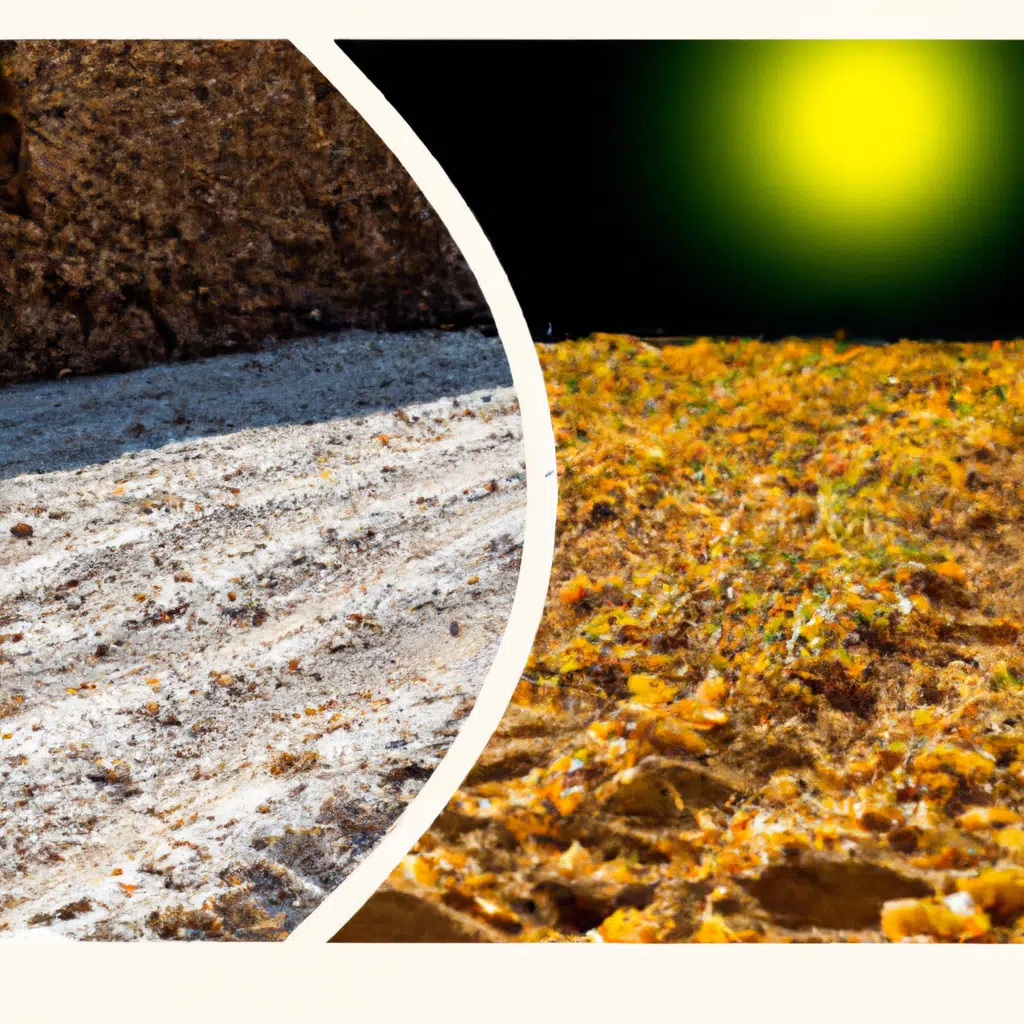When it comes to agriculture, drying is an essential process to ensure that crops are stored safely and can be transported without spoilage. However, the traditional drying methods are not always the most efficient. In recent years, dehumidifiers have become a popular alternative to traditional drying methods. In this article, we will explore the differences between dehumidifiers and traditional drying methods and determine which one is more efficient for agriculture.
Traditional Drying Methods
Traditional drying methods have been used for centuries and include sun-drying, air-drying, and kiln-drying. Sun-drying involves laying crops out in the sun to dry, while air-drying uses natural air circulation to dry crops. Kiln-drying involves using a furnace to dry crops at high temperatures. While these methods are effective in drying crops, they have some drawbacks.
One of the main drawbacks of traditional drying methods is that they are heavily dependent on external factors such as weather conditions. For example, sun-drying is only effective on sunny days, and air-drying is only effective in areas with good air circulation. Kiln-drying, on the other hand, requires a lot of energy and can be costly.
Dehumidifiers
Dehumidifiers are a modern alternative to traditional drying methods. They work by removing moisture from the air, which speeds up the drying process. Dehumidifiers can be used in a variety of applications, including agriculture.
One of the main advantages of dehumidifiers is that they are not dependent on external factors such as weather conditions. They can be used in any climate and are not affected by rain or humidity. Dehumidifiers are also energy-efficient and can reduce drying time by up to 50%.
Efficiency Comparison
When it comes to efficiency, dehumidifiers have several advantages over traditional drying methods. Dehumidifiers are faster and more consistent than traditional drying methods, which can result in higher yields and better-quality crops. They are also more energy-efficient and can save farmers money on energy costs.
In terms of cost, dehumidifiers are generally more expensive than traditional drying methods. However, the initial cost can be offset by the energy savings and increased yields. Additionally, dehumidifiers are more versatile than traditional drying methods and can be used for a variety of crops.
Conclusion
In conclusion, dehumidifiers are a more efficient alternative to traditional drying methods for agriculture. They are faster, more consistent, and more energy-efficient than traditional drying methods. While they may have a higher initial cost, the long-term benefits can outweigh the cost. Farmers who are looking to improve their drying process and increase their yields should consider using dehumidifiers in their operations.


